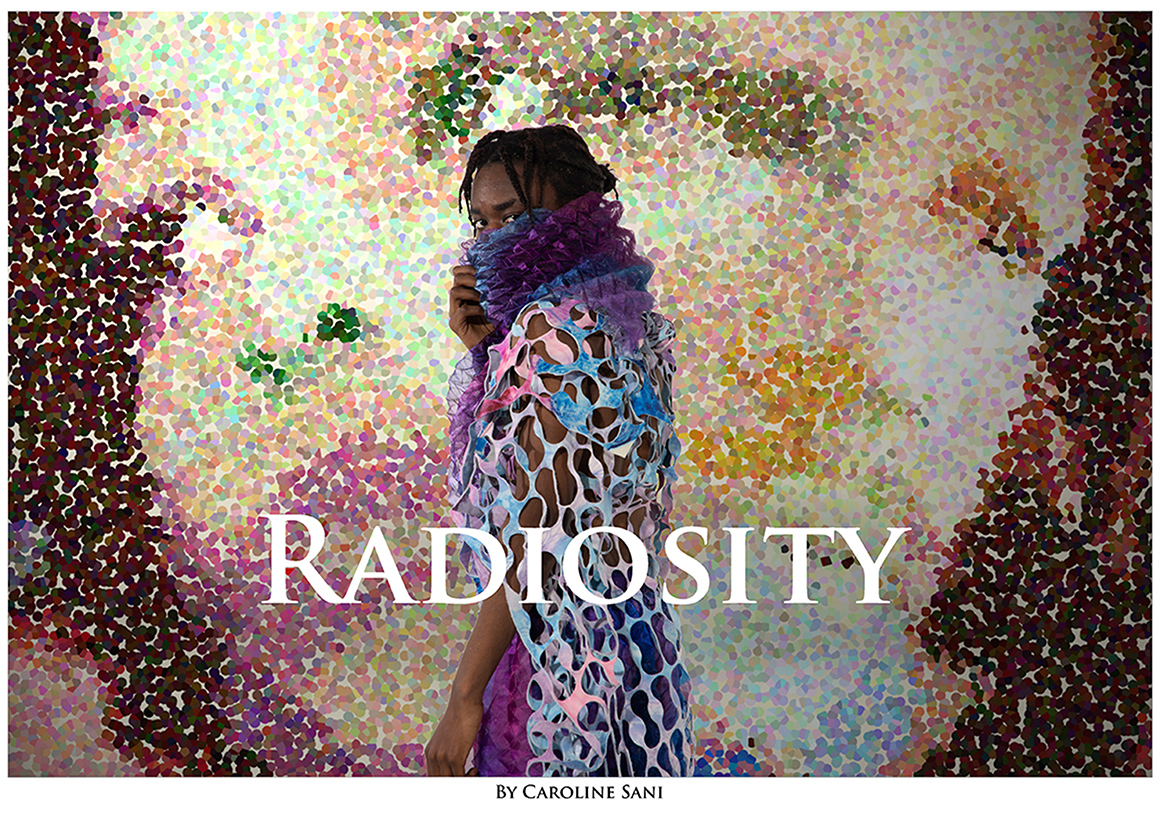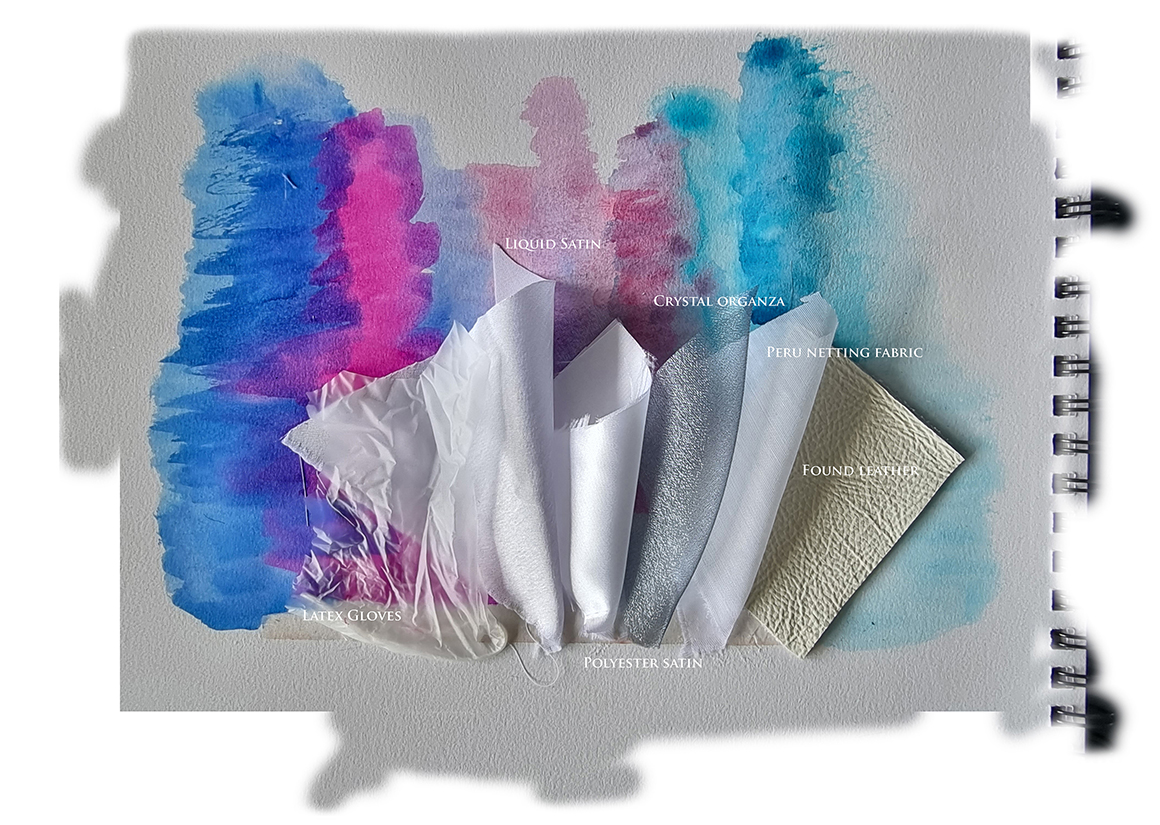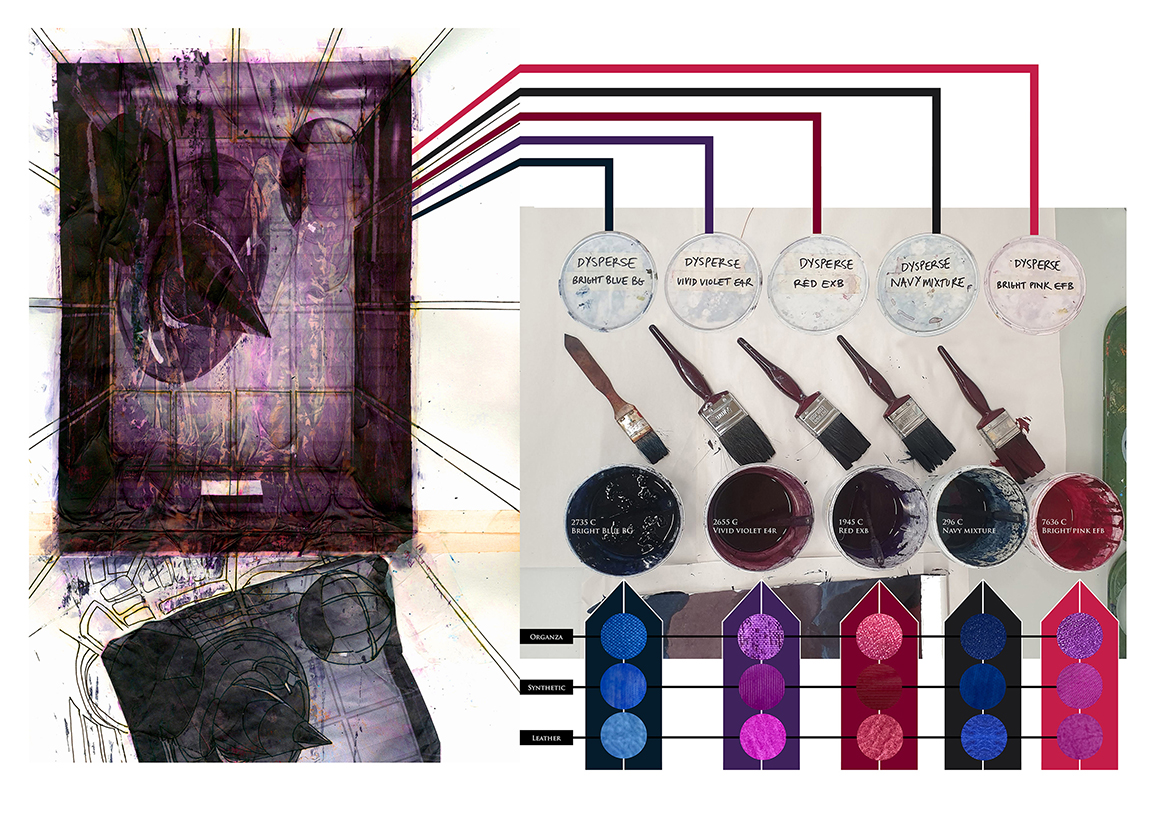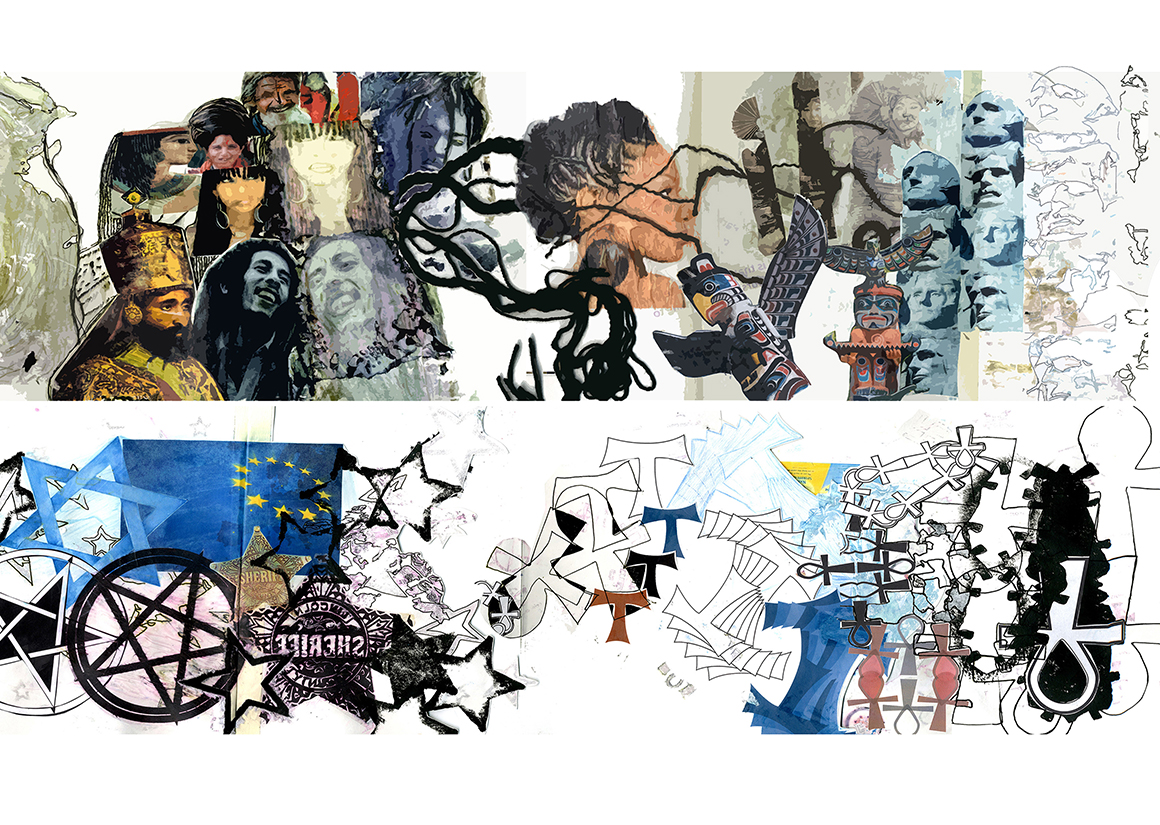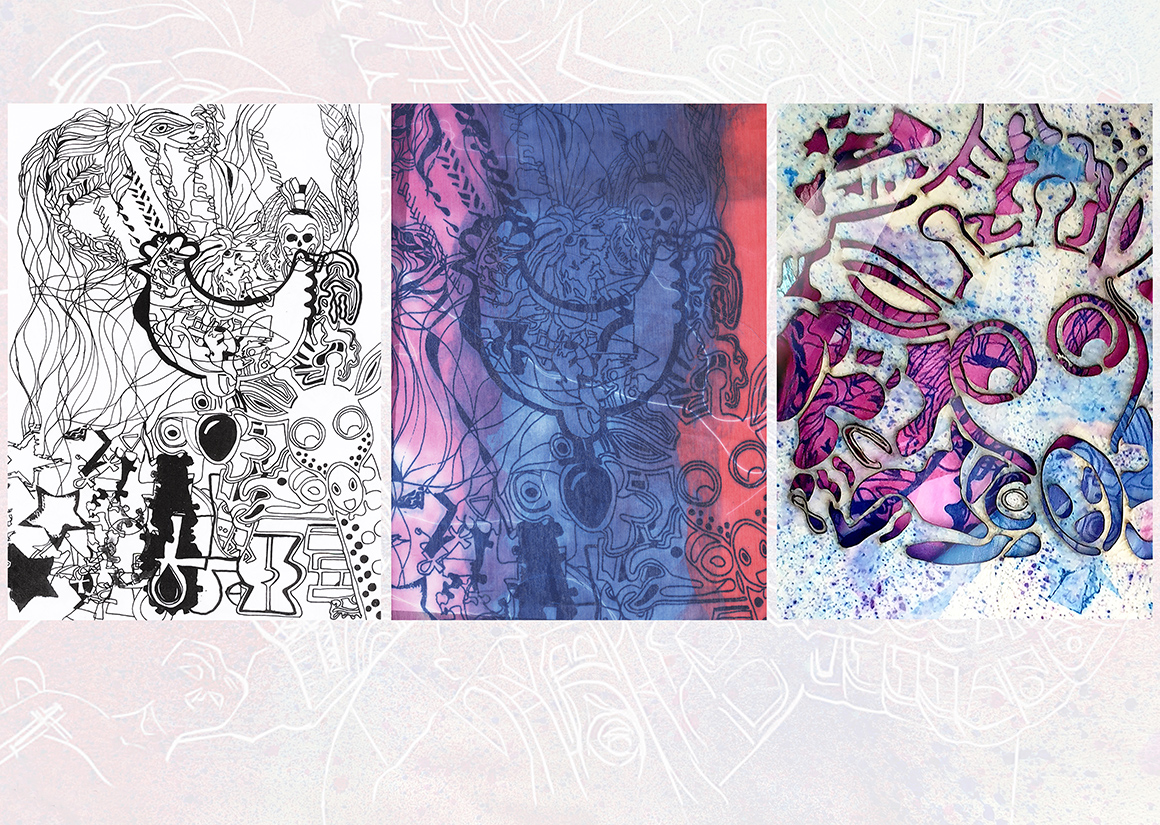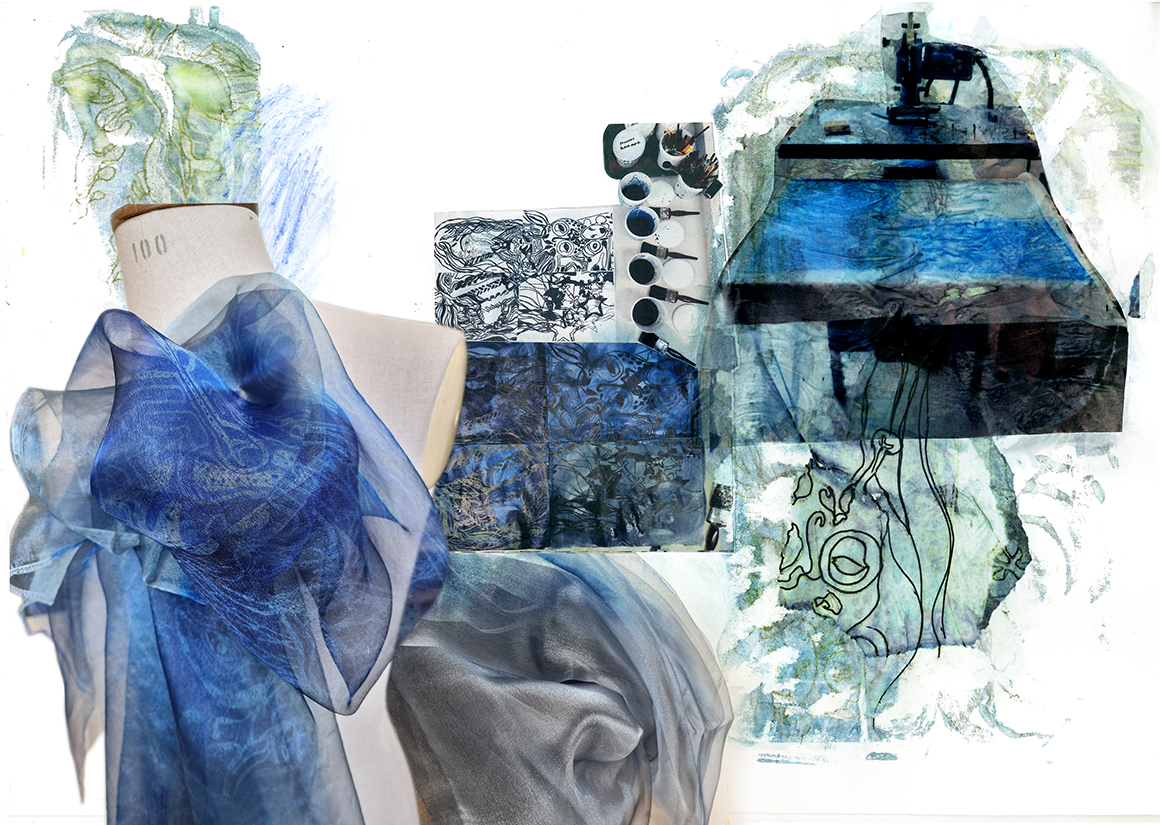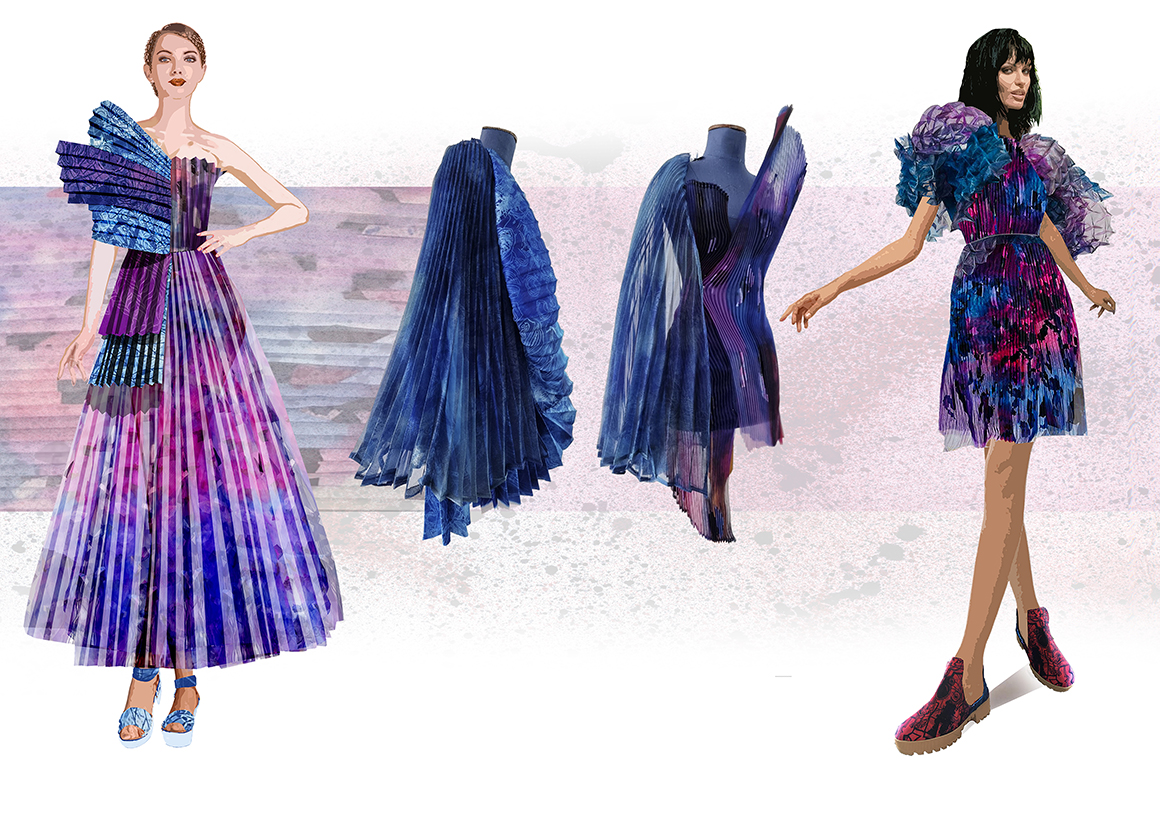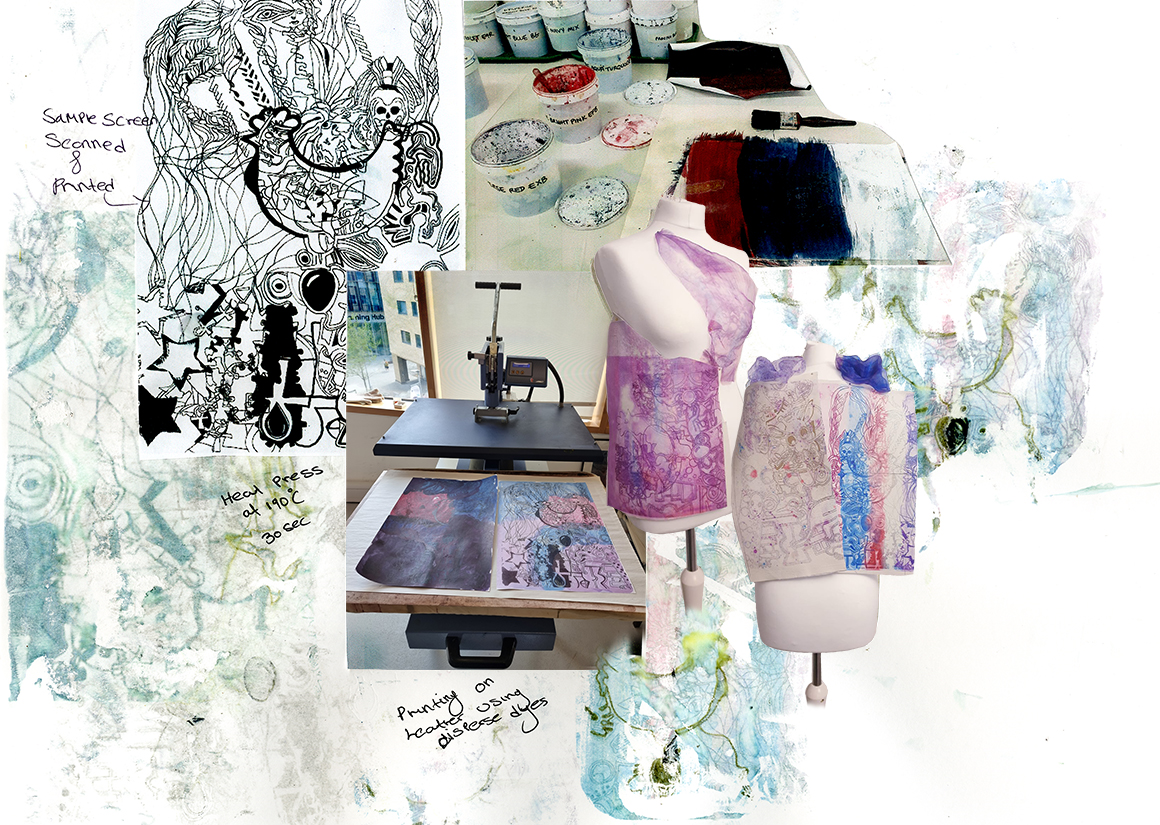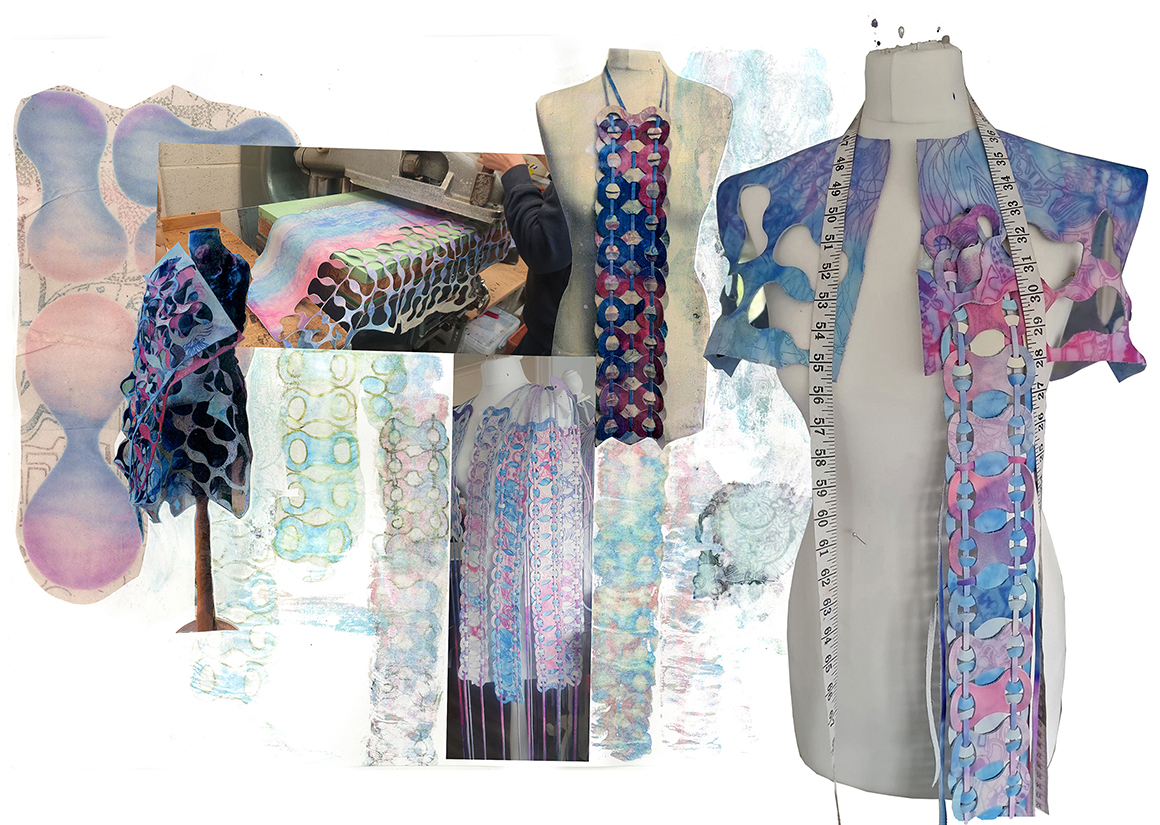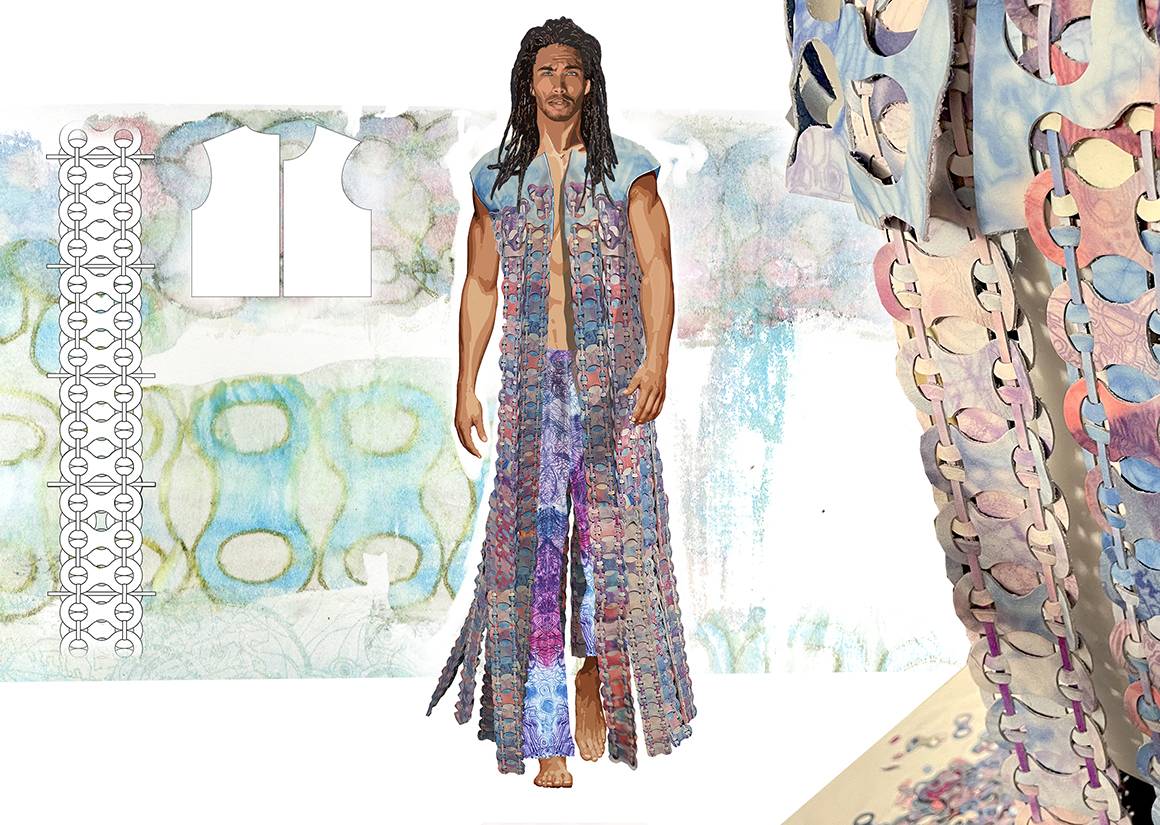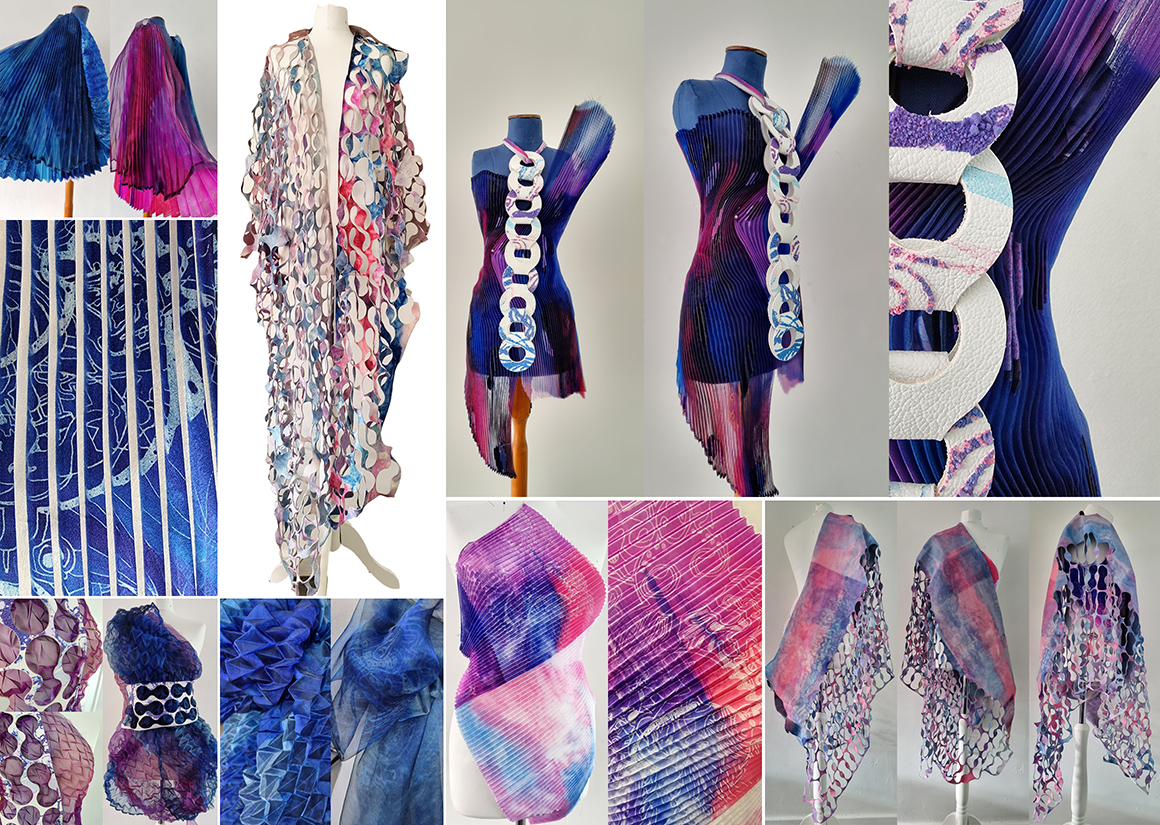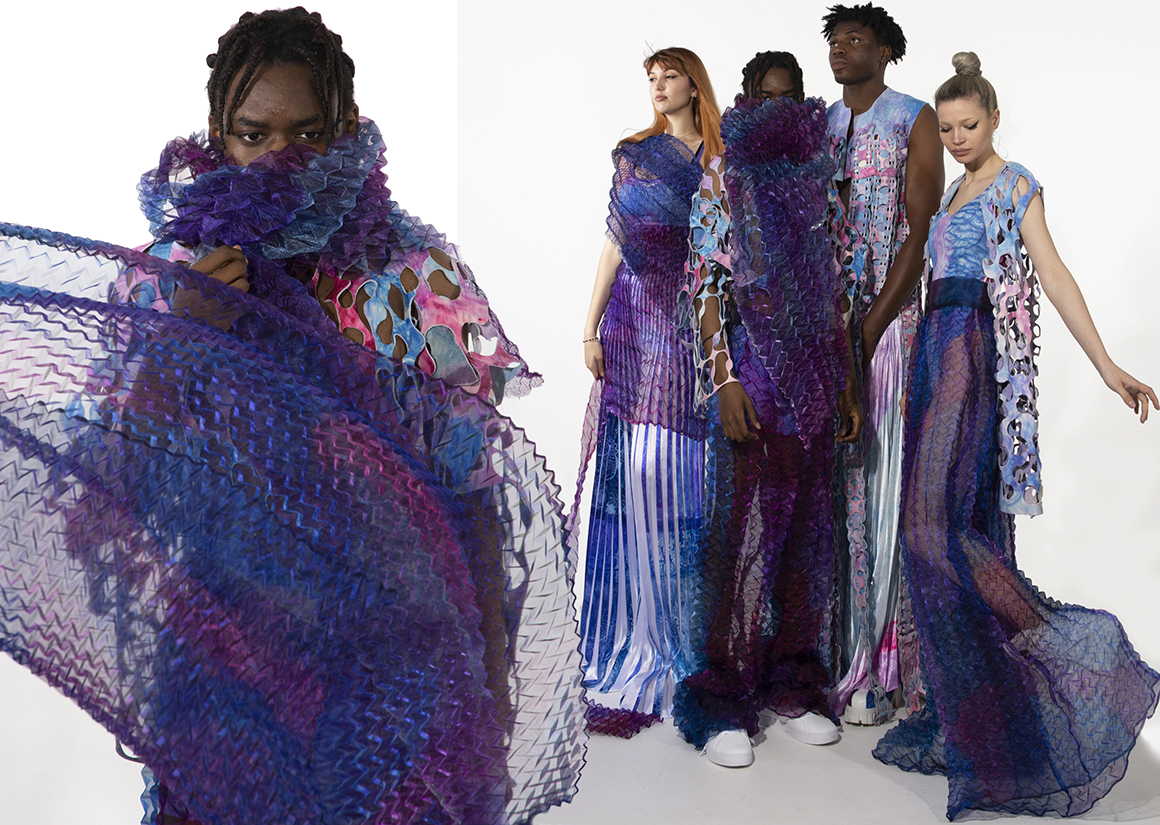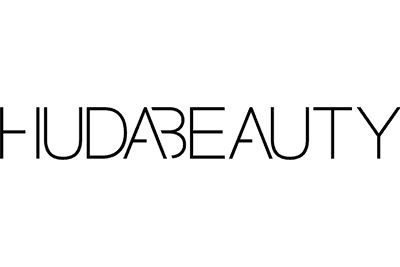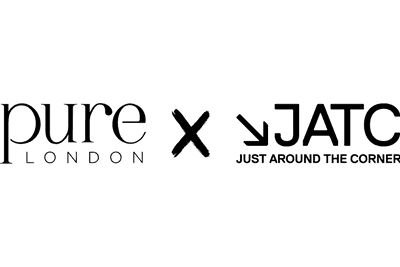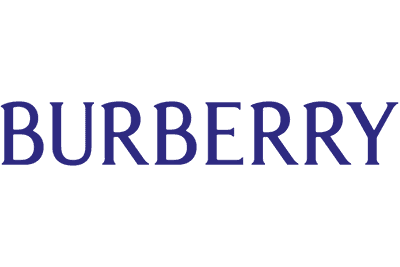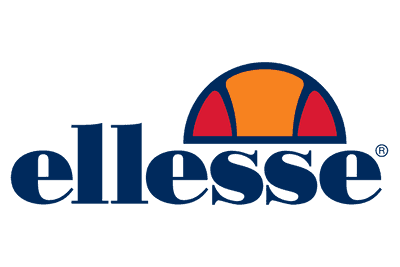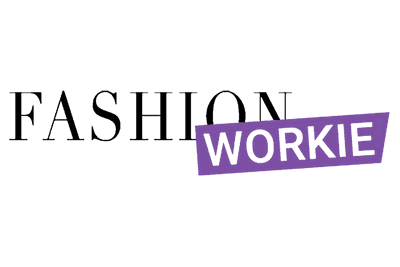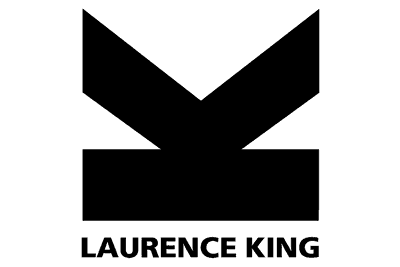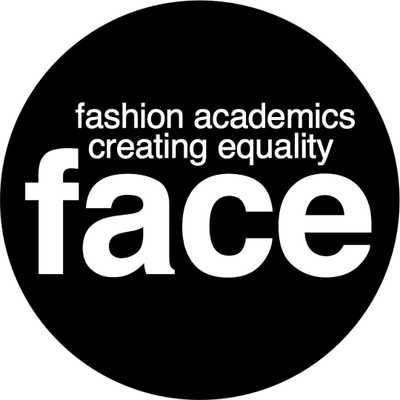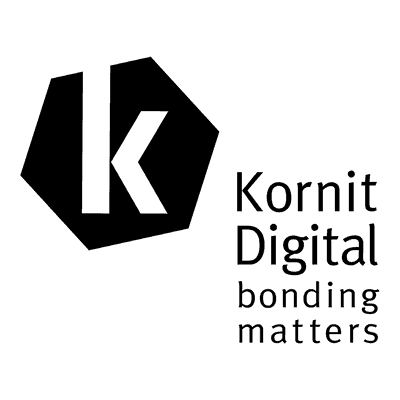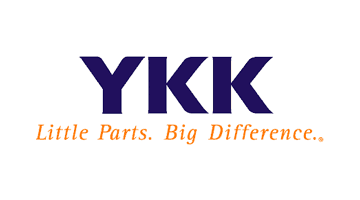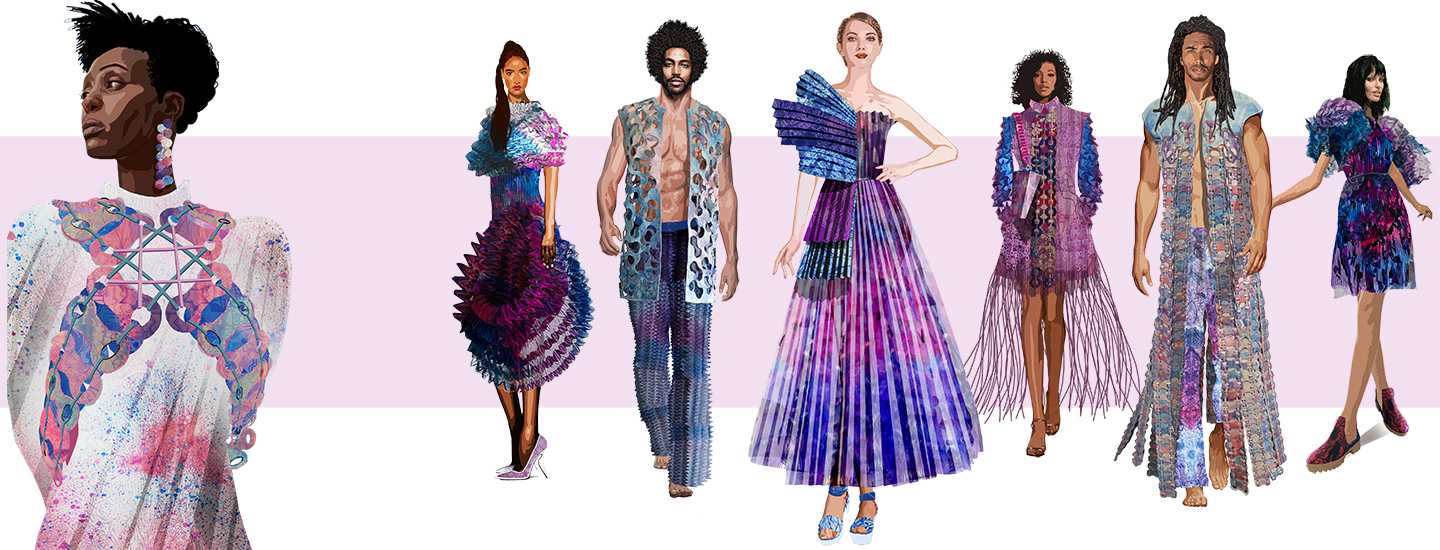
About Me
I’m Caroline, award-winning textiles graduate from Northampton Uni.
Having spent my early childhood growing up in a small missionary town called Kijabe, located in Kenya’s beautiful Rift Valley, my earliest experiences are saturated in influences from many diverse cultures and religions. This has informed my studies for this final major project.
Surrounded by the bustle of missionaries who made their homes in Kijabe and Indian immigrants who came to help expand our railways, my familiarity with cultural inclusivity inspired this project. I understood that with the arrival of these people came the benefit of new foods, sports and changes in our syllabus that were sensitive to foreign cultures. Chapatis are a staple in Kenyan households on Sundays, but as many know, they are not African. Dreadlocks are historically considered to be Asian and the Swastika was once merely a peaceful symbol of Hinduism and Jainism.
INSPIRATION
Radiosity allows VFX artists to expand upon a virtual scenes colours with reflective lighting.
Radiosity’s meaning where colour combinations expand based on surface encounters under shared light, multiplying with each contact, draws an interesting parallel between its use as a software application and a metaphor for my own feelings on the polarising and misunderstood nature of cultural appropriation. My Radiosity collection needed to culminate in something that was reflective of light and equally reflective of this openly inclusive philosophy.
The market level for my inclusive collection was androgynous in scope from the very beginning, along with being potentially luxury bespoke and consisting of multiple one-off items. My sketchbooks tend to not only include the conceptual references and drawings I’ve drawn together in pursuit of creating interesting illustrative prints, but each page also acts as a tableau of surface and textural experiments, where the tactile nature of the page resembles that which might end up being draped over a model.
MY WORK
PORTFOLIOS
DETAIL
I utilised Unwanted materials to create an award-winning desirable collection
I have used traditional printing techniques, reused, and utilised dyes, heat transfer and screen printing. I paid great consideration on how my exploration of this project would impact the environment. Since winning the 2021 Circular Economy Award, I have continued to source found offcuts and discarded fibres to stay sustainable. I needed materials and surfaces that could potentially attract, absorb, and reflect light, organza and Leather have these properties and given the immense pliability and versatility of leather it is the perfect backstitch to sew the threads of my concept together. I then printed on the leather using heat transfer and creative leather techniques to create gilets, bags, and accessories. I wanted to bring the tactile element of my sketchbook and translate it into my fabrics, to achieve this I recycled soiled gloves and scraps of materials that would have otherwise ended up in the landfill then I explored traditional pleating techniques to create more dimensionality to my work.
